The relationship between input \$V_{IN}\$ and output \$V_{OUT}\$ is:
$$
\begin{aligned}
V_{OUT} = 3(V_{IN}-1.65)
\end{aligned}
$$
Here's a single op-amp solution:

simulate this circuit – Schematic created using CircuitLab

This is a non-inverting amplifier with gain \$1+\frac{R_2}{R_1} = 3\$. That's the factor of 3 we needed. The offset is provided by the voltage source 2.475V, which is not so obvious. The complete relationship between input and output for such a design is:
$$
V_{OUT} = V_{IN}\left(1+\frac{R_2}{R_1}\right) - V_{OFS}\frac{R_2}{R_1}
$$
I simply plugged in a known input value for \$V_{IN}\$ and the corresponding required output \$V_{OUT}\$, to reveal \$V_{OFS}\$.
The trouble you have with that solution is finding a +2.475V source. If you have good, steady positive supply, you could use another op-amp for a low-impedance source (but it's not necessary, see below):

simulate this circuit
A better solution would be to treat R1 and the 2.475V source as the Thevenin equivalent of some resistor divider between the 5V supply and ground. It's funny, we usually apply Thevenin's theorem to simplify resistor dividers into their Thevenin equivalent of a single voltage source and single resistor, but here we need to do the opposite!
Like the last schematic, you need resistors to derive 2.475V from a 5V supply, but their equivalent "paralleled" value should be 10k, to keep the gain correct at about 3. That is:
$$
\begin{aligned}
5 \times \frac{R_4}{R_3 + R_4} &= 2.475 \\ \\
\frac{R_3}{R_4} &= \frac{5}{2.475} - 1 \\ \\
R_3 &= 1.02 \times R_4 \\ \\
\end{aligned}
$$
Paralleled they should be equivalent to 10kΩ
$$
\begin{aligned}
\frac{R_3R_4}{R_3+R_4} &= 10k \\ \\
\frac{1.02R_4R_4}{1.02R_4 + R_4} &= 10k \\ \\
\frac{1.02R_4}{2.02} &= 10k \\ \\
R_4 &= 19.8k\Omega \\ \\
R_3 &= 1.02 \times R_4 \\ \\
&= 20.2k\Omega \\ \\
\end{aligned}
$$
So, the simplest solution I can think of, assuming you have a stable 5V supply, is:

simulate this circuit




